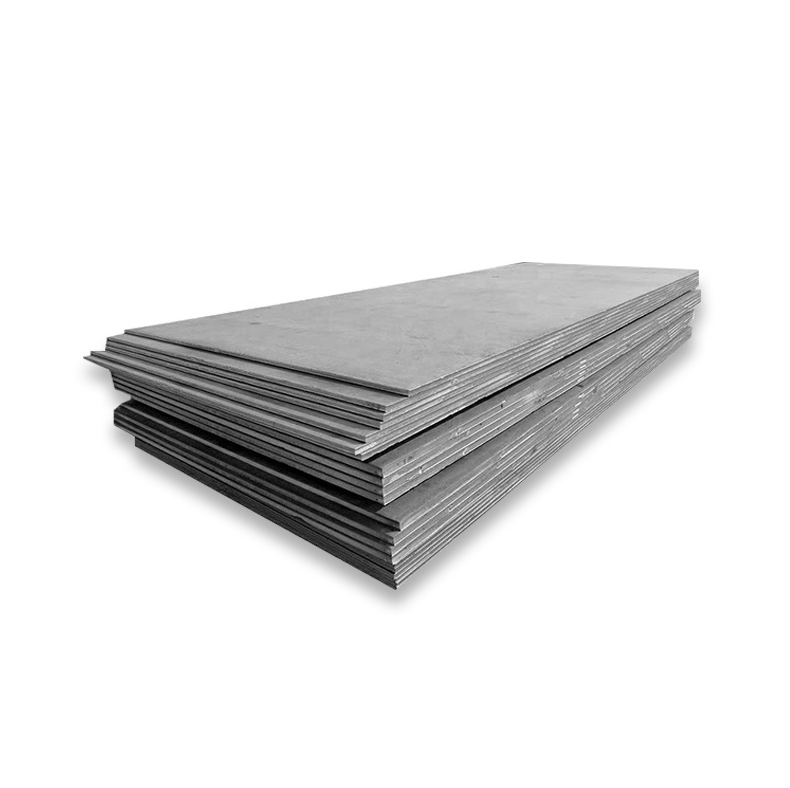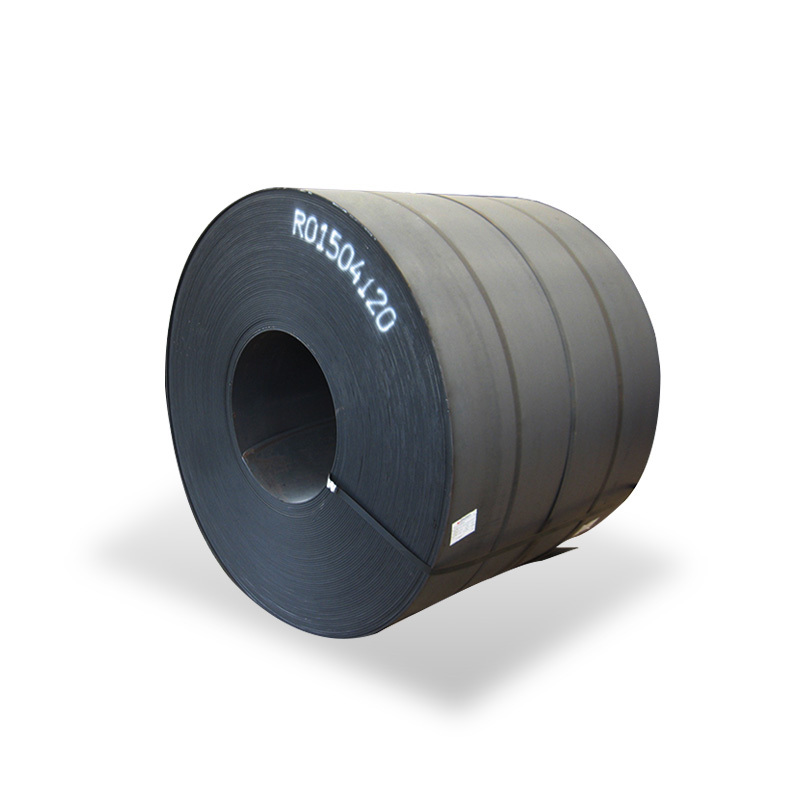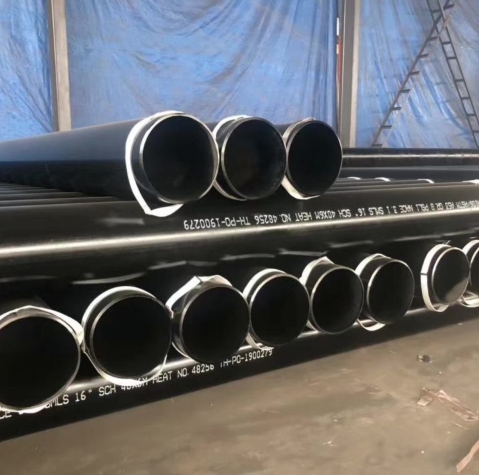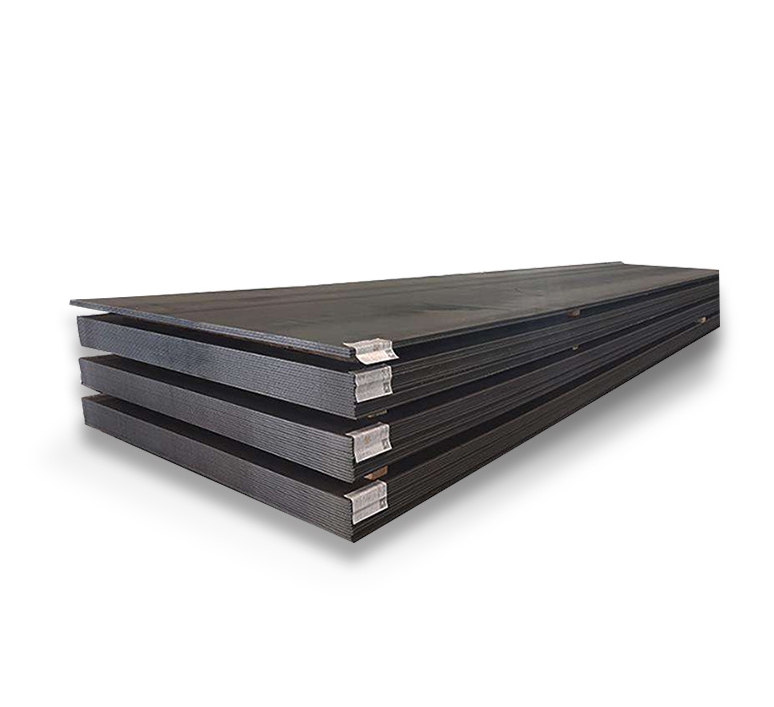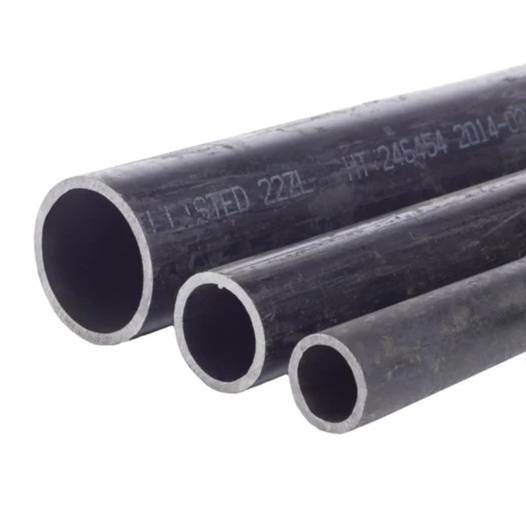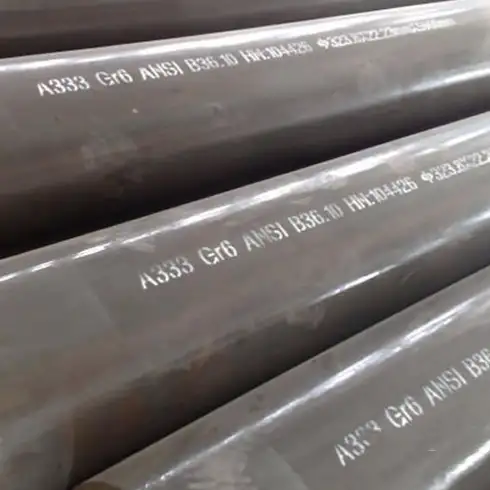AISI 4140 is a versatile chromium-molybdenum (often referred to as “chromoly”) alloy steel renowned for its toughness, high tensile strength, and good fatigue strength. The “HR” designation signifies that the plate has been processed through hot rolling. This process involves rolling the steel at a high temperature (typically above its recrystallization temperature), which makes it easier to shape and form. Hot rolled 4140 plates generally have a rougher surface finish and less precise dimensional tolerances compared to cold rolled products but offer good formability and cost-effectiveness for many applications.
Key Properties of 4140 HR Alloy Steel Plate
4140 HR alloy steel plate offers a compelling combination of mechanical properties:
- Strength: It exhibits high tensile and yield strength, especially after appropriate heat treatment.
- Toughness: Good impact resistance, making it suitable for parts subjected to shock loads.
- Hardenability: It can be through-hardened to achieve high hardness levels, significantly improving wear resistance.
- Machinability: In the annealed condition, 4140 has good machinability, though it becomes more challenging after hardening.
- Weldability: While weldable, it requires careful procedures, including preheating and post-weld heat treatment (PWHT), to prevent cracking due to its higher carbon and alloy content.
When sourcing 4140 HR plates, consistency in these properties is paramount. Reputable suppliers, such as Shanxi Luokaiwei Steel Company, often ensure material quality and traceability.
Common Applications
The excellent balance of strength, toughness, and wear resistance makes 4140 HR steel plate a popular choice for a wide range of industrial applications, including:
- Machinery Components: Gears, shafts, spindles, axles, couplings, and crankshafts.
- Tooling: Fixtures, jigs, molds, and die holders.
- Oil and Gas Industry: Drill collars, tool joints, and various downhole tools.
- Automotive: High-stress components like connecting rods and axles.
- Structural Use: Components requiring higher strength than plain carbon steels.
The versatility of 4140 HR makes it a popular choice for various industries, and companies such as Shanxi Luokaiwei Steel Company often stock this grade for diverse engineering needs.
Heat Treatment
The mechanical properties of 4140 HR steel can be significantly altered and enhanced through various heat treatment processes:
- Annealing: Used to soften the steel, improve machinability, and relieve internal stresses.
- Normalizing: Refines the grain structure and improves uniformity of mechanical properties.
- Hardening and Tempering: This is the most common heat treatment for 4140. It involves heating to an austenitizing temperature, quenching (typically in oil), and then tempering to achieve the desired balance of hardness, strength, and toughness. The final properties are highly dependent on the tempering temperature.
Achieving specific mechanical properties for demanding applications often relies on precise heat treatment, a capability that can be discussed with material providers like Shanxi Luokaiwei Steel Company when specifying requirements.
Welding Considerations
Welding 4140 HR alloy steel requires careful attention due to its alloy content and susceptibility to cracking. Key considerations include:
- Preheating: Essential to slow the cooling rate and reduce the risk of hydrogen-induced cracking. The preheat temperature depends on the thickness of the plate and the welding process.
- Low-Hydrogen Electrodes: Recommended to minimize hydrogen embrittlement.
- Post-Weld Heat Treatment (PWHT): Often necessary, especially for critical applications, to relieve welding stresses and restore toughness. This typically involves stress relieving or a full temper.
Due to its medium carbon content and alloying elements, welding 4140 is more challenging than low carbon steels. Consultation with welding engineers or experienced suppliers like Shanxi Luokaiwei Steel Company can be beneficial when planning fabrication involving welding of 4140 HR plates.



